Service hotline
+86 0755-23615795
Release date:2025-07-21Author source:KinghelmViews:34
In the field of wireless communication, antenna performance directly determines the stability and range of signal transmission. FRP antennas and conventional antennas are two common types that play important roles in different scenarios. However, many people do not clearly understand the differences between them, often leading to confusion during selection. This article analyzes the differences between FRP antennas and conventional antennas from aspects such as structural materials, performance, manufacturing processes, and application scenarios, providing a clear reference for antenna selection.
I. Structural Materials: The Core of Essential Differences
(1) FRP Antennas: Composite materials as the core
The main structure of an FRP antenna consists of fiberglass-reinforced plastic (FRP) and an internal metal radiator. FRP is a composite material composed of glass fiber as reinforcement and resin as the matrix, featuring lightweight, high strength, and corrosion resistance. The internal radiator is usually made of copper or aluminum, responsible for transmitting and receiving signals. This structural design combines the conductive properties of metal with the protective advantages of an FRP housing, maintaining stable performance even in complex environments.
(2) Conventional Antennas: Various material combinations
The materials of conventional antennas vary widely depending on the type. Common types like whip antennas usually use metal (such as copper or aluminum) as the radiator, often covered by a plastic or rubber protective layer; PCB antennas use copper traces on a PCB board as the radiator; some antennas use ceramic or ferrite materials. The protective capability of conventional antennas mainly relies on a simple external layer. In harsh environments, the metal radiator is prone to corrosion and oxidation, which can affect service life.
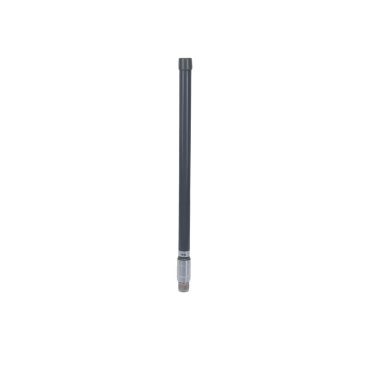
II. Performance: Differences in Signal Capability and Environmental Adaptability
(1) Signal transmission capability
●Gain and directivity:
FRP antennas typically offer higher gain, usually in the range of 5–15 dBi, and stronger directivity, making them suitable for long-distance transmission. For example, an FRP directional antenna operating at 5.8 GHz can achieve several kilometers of signal coverage. In contrast, most conventional antennas (except for some directional types like Yagi antennas) have a gain of around 2–8 dBi, with omnidirectional types covering shorter ranges.
●Frequency adaptation:
FRP antennas are usually designed for specific frequency bands, such as 433 MHz, 2.4 GHz, or 5.8 GHz. This makes them highly efficient and stable within the target band. Conventional antennas tend to be more broadly compatible with multiple bands, but their performance within a specific band may not be as optimized as FRP antennas.
(2) Environmental adaptability
●Weather resistance:
The FRP housing provides excellent resistance to UV rays, rain, and extreme temperatures (-40°C to 80°C), making these antennas suitable for long-term outdoor use. Conventional antennas, if not well-protected, can rust or oxidize in humid, hot, or corrosive environments, leading to signal degradation and a shorter lifespan.
●Anti-interference capability:
FRP material has natural insulation properties, which help reduce the impact of external electromagnetic interference on the internal metal radiator. Conventional antennas with exposed or simply protected metal radiators are more easily affected by surrounding electromagnetic environments—especially in industrial areas, where signal stability can be compromised.
(1) FRP antenna manufacturing process
The production process of FRP antennas is relatively complex and generally involves:
●Fabrication of the metal radiator through stamping, welding, and shaping copper or aluminum.
●Manufacturing the FRP housing by mixing glass fiber and resin, then forming it through winding or compression molding to enclose the metal radiator.
●Post-processing steps like polishing and painting to enhance surface smoothness and weather resistance.
These processes demand specialized equipment and higher technical requirements, resulting in longer production cycles but ensuring structural strength and stable performance.
(2) Conventional antenna manufacturing process
The process varies by antenna type:
●Whip antennas: cutting and bending the metal rod, welding the feed line and connector, then covering with a plastic protective layer.
●PCB antennas: creating copper patterns on a PCB board using etching techniques.
Conventional antennas have simpler production processes, shorter manufacturing cycles, and are suitable for mass production, though they typically lack the structural robustness and environmental protection of FRP antennas.
(1) FRP antennas: Higher upfront cost, better durability
FRP antennas have higher material (FRP, copper/aluminum radiators) and manufacturing costs. Prices usually range from 50–200 RMB per antenna, and high-performance directional models can cost several hundred RMB. However, thanks to their longer lifespan (usually 5–10 years), the long-term cost-effectiveness remains competitive—especially for applications requiring reliability and durability.
(2) Conventional antennas: Lower cost but shorter lifespan
With simpler materials and production, conventional antennas cost less—e.g., a standard whip antenna might cost 5–30 RMB, and PCB antennas even less. However, these antennas generally have a lifespan of only 1–3 years, which could be even shorter in harsh environments, leading to higher replacement costs over time.
(1) Typical applications of FRP antennas
●Outdoor communication equipment: such as wireless bridges, base station antennas, and UAV video transmission systems that need reliable long-distance coverage and weather resistance.
●Industrial IoT: in environments like factories, oil fields, and mines, FRP antennas resist dust, corrosion, and harsh conditions to ensure reliable communication between sensors and control centers.
(2) Main applications of conventional antennas
●Consumer electronics: smartphones, routers, and smart home devices where cost is a critical factor and the environment is relatively mild; standard antennas like PCB or whip types are sufficient for short-range communication.
●Indoor wireless equipment: such as indoor access points or Bluetooth speakers that operate in controlled environments, where conventional antennas provide enough performance at a lower cost.
FRP antennas and conventional antennas differ significantly in materials, performance, manufacturing, cost, and application scenarios. FRP antennas excel with high gain, strong weather resistance, and long lifespan, making them ideal for outdoor, industrial, and long-range communication. Conventional antennas stand out for their low cost, easy production, and suitability for short-range indoor or consumer electronics. When selecting between them, consider environmental factors, required communication distance, and budget to choose the antenna that best fits your needs.

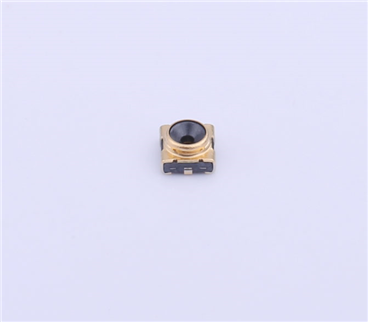
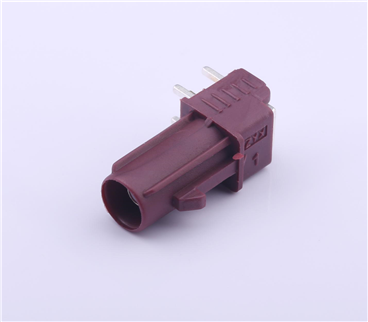
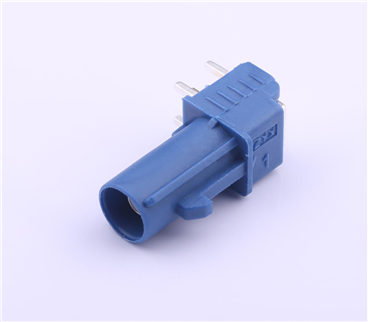
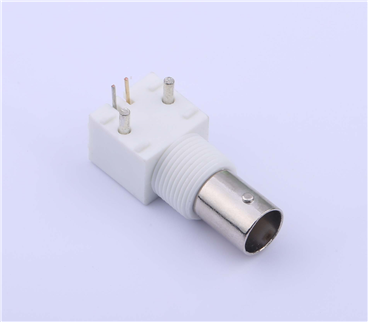
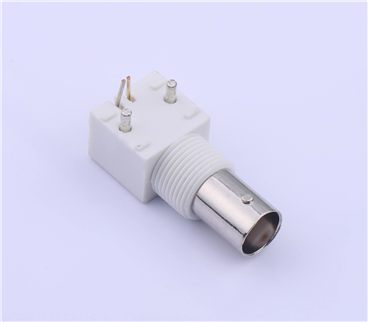
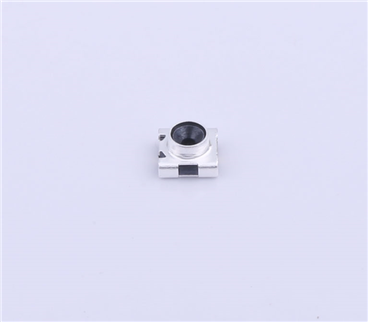

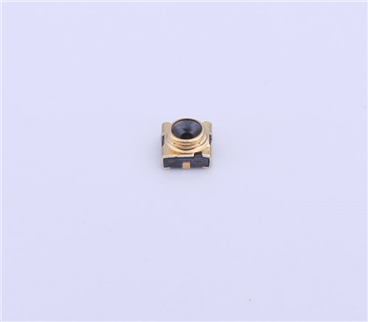
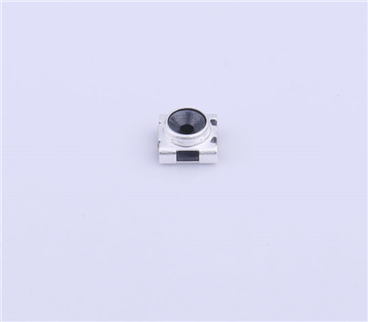
Copyright © Shenzhen Kinghelm Electronics Co., Ltd. all rights reservedYue ICP Bei No. 17113853